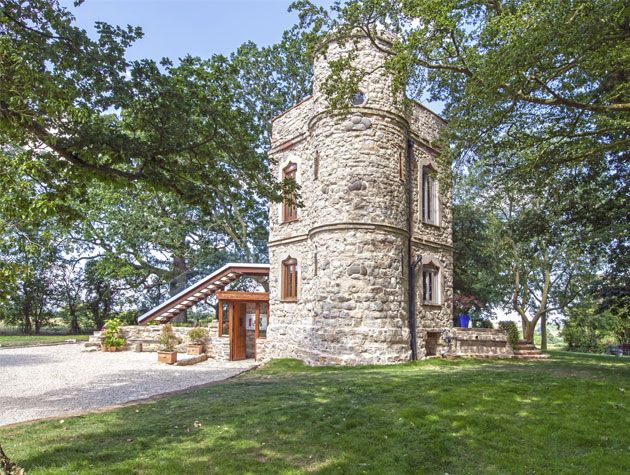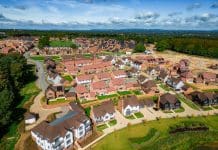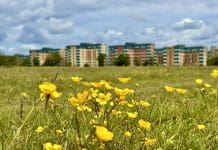Ali Stanton, of Argyll Environmental, discusses Grand Designs and delves into the costs, planning applications and environmental impact assessments surrounding key projects
Grand Designs is always good at highlighting restorations projects and also how time-consuming they can be. Kevin McCloud follows challenging projects from the very beginning to the finished project, showing the struggles along the way. It’s always made clear that having a realistic budget is key and understanding that the planning process can be lengthy.
One thing that isn’t necessarily shown on the programme however is the challenges that often face the owners when it comes to planning applications and environmental impact assessments.
Case Study: Dinton Castle, Oxford Road, Dinton, Buckinghamshire

https://www.granddesignsmagazine.com/grand-designs-houses/394-grand-designs-first-episode-2018
One recent episode shows a couple who are restoring and converting a Grade II listed ‘mini-castle’ in Dinton, Buckinghamshire, into a family home. With one being an architect, it was clear from the beginning their intentions for the historic folly. The historic Folly was built in the mid-late 1700s by John Vanhattem to house his fossil collection. Due to the site’s historic heritage and its structural instability, numerous conditions were placed on the planning application at the very start.
These were to ensure that the proposed works can occur without impacting the special architectural and historic interest of the listed building. In addition, numerous environmental conditions were also included on the application, with the local authority requesting a tree protection plan, a bat survey, in addition to a heritage statement.
Tree Protection Plan
A tree protection plan was specified to make sure that trees and associated roots are protected during the restoration. There were numerous areas directly surrounding the folly that had root protection and category A areas; this is where trees are deemed of a high quality. In order to minimise damage to the trees, driveways and hard surfaces had to be built entirely above existing ground level.
Bat survey
The bat survey was requested by the Local Authority, which involved a desk study and a field survey to assess firstly whether the site had any bats inhabiting it, but also the likely impacts of the development on any know current roosts, and recommendations. Obtaining a bat survey can be very time consuming and can only be carried out during the months April-September – something developers often aren’t aware of, which could lead to delays on a project if it falls out of these timescales.
Listed buildings
As far as the conditions were concerned relating to the special architectural and historic interest of the listed building, the restoration had to be aware of the stonework and materials used, in order to protect the architectural and historical value of the building. In addition, it was important to make sure that no impact was made to the integrity or significance of the principle heritage asset or other assets in the vicinity.
Programmes such as Grand Designs certainly highlight the different aspects that need to be considered during planning applications – while the programme often focuses on the specifics of the physical build, there’s a great deal of initial due diligence at the outset that is required.
Each application can be very different and require a number of conditions surrounding a many factors, such as the ones associated with this restoration project. As such, for anyone considering their own Grand Design, it’s important to be mindful of this way before any contractors arrive on site.
If you would like more information on this service, or other services that Argyll offers, please contact the team on 0845 458 5250 or email info@argyllenviro.com.













